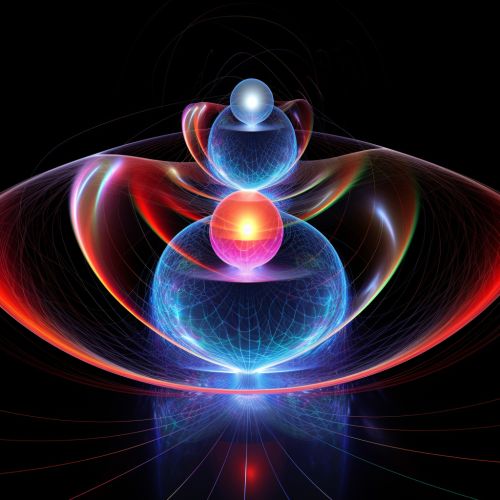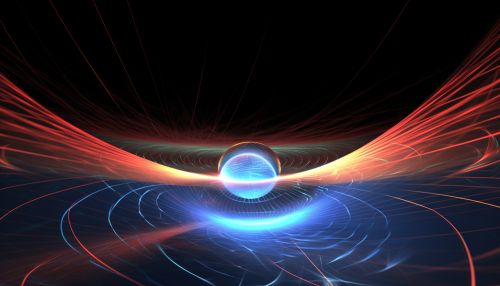The Physics of Quantum Chromodynamics in Particle Physics
Introduction
Quantum Chromodynamics (QCD) is a theory in theoretical physics that describes the interactions of quarks and gluons, which are the fundamental constituents of matter. QCD is a component of the Standard Model of particle physics, which describes the electromagnetic, weak, and strong nuclear forces.

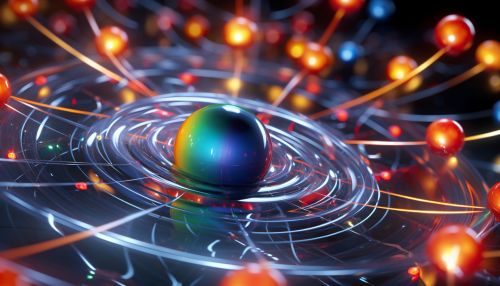
Fundamental Concepts
Quarks and Gluons
Quarks are elementary particles that combine to form composite particles called hadrons, the most stable of which are protons and neutrons, the components of atomic nuclei. Gluons are elementary particles that mediate the strong force between quarks. In QCD, quarks and gluons are considered point-like particles, meaning they are treated as if they have no size.
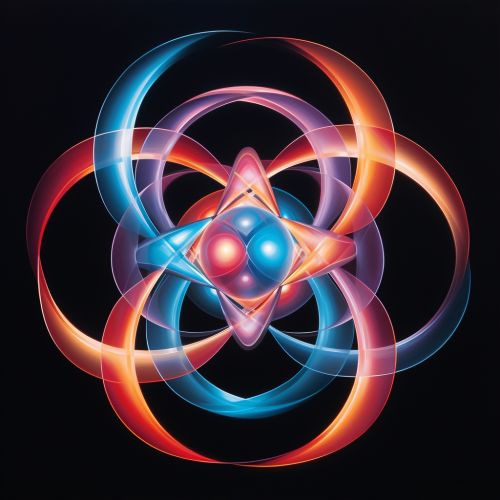
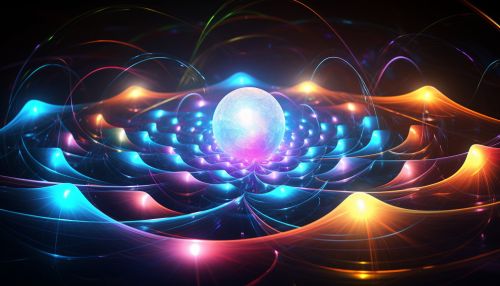
Color Charge
In QCD, the term "color" does not refer to the colors of the visible spectrum, but is a type of charge that quarks and gluons carry. There are three types of color charges: red, green, and blue. Anti-quarks carry anti-colors. The strong force acts between particles that carry color charge, and the exchange of gluons mediates this force.
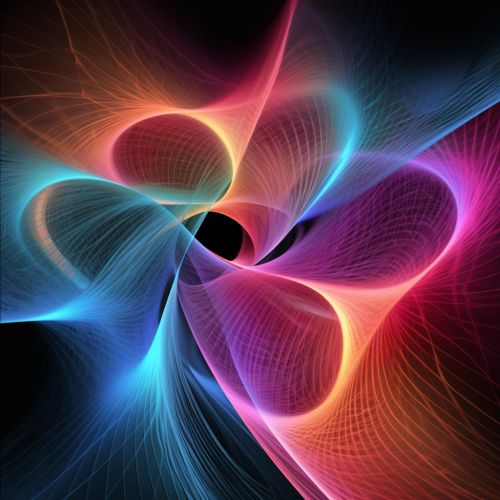
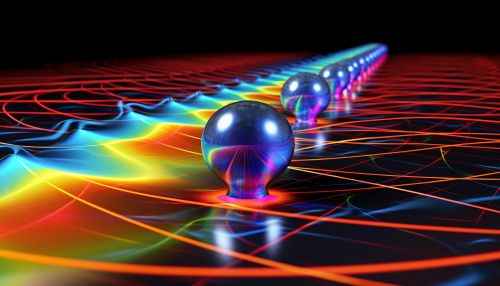
Confinement and Asymptotic Freedom
Confinement refers to the phenomenon that quarks and gluons are never observed in isolation. They are always found within hadrons. This is because the strong force increases with distance, unlike other forces. Asymptotic freedom, on the other hand, refers to the fact that quarks and gluons interact weakly at high energies or short distances.
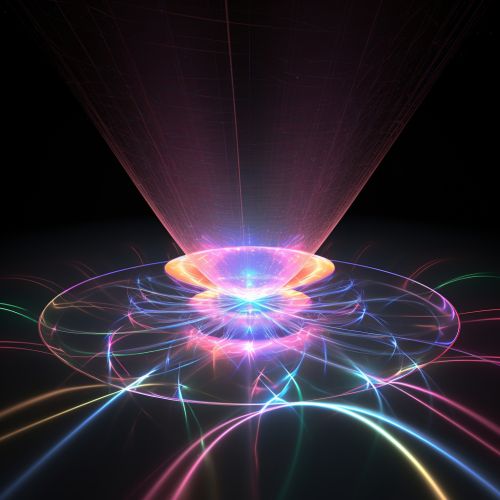
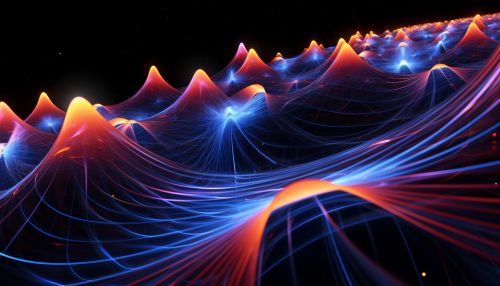
Mathematical Framework
QCD is a non-Abelian gauge theory based on the SU(3) group. The Lagrangian of QCD describes the dynamics of quarks and gluons. The equations of motion derived from this Lagrangian are nonlinear differential equations, which are difficult to solve.
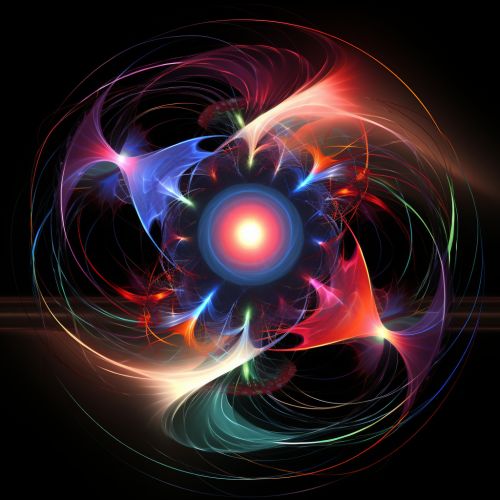
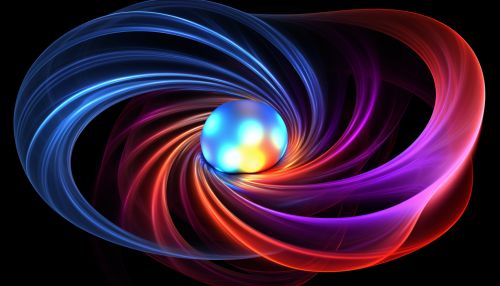
Experimental Evidence
There is a wealth of experimental evidence supporting QCD, including measurements of the strong coupling constant, observations of jet production in high-energy collisions, and the discovery of asymptotic freedom.

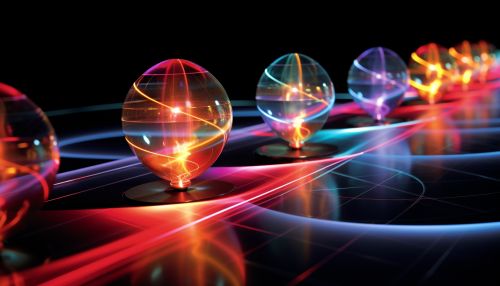
Applications and Implications
QCD has many applications in particle physics and cosmology. It is crucial for understanding the properties of the proton, neutron, and other hadrons. It also plays a vital role in the early universe and in the interiors of neutron stars.
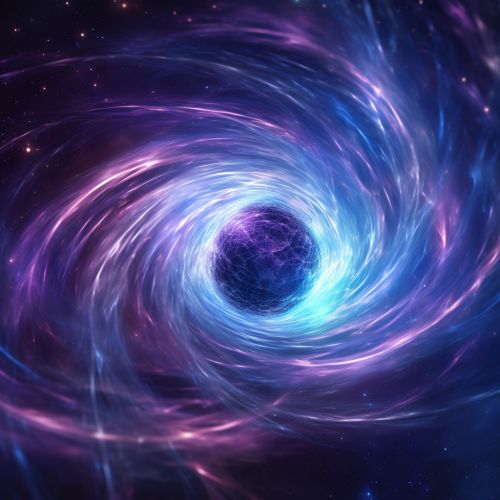
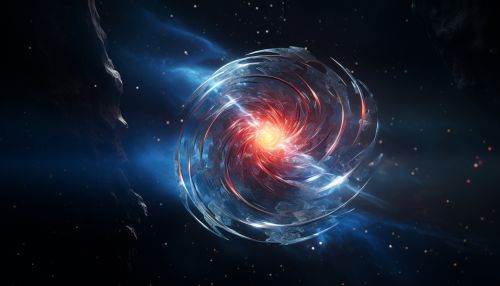
Challenges and Open Questions
Despite its successes, QCD also presents several challenges. One of the main challenges is the confinement problem, which is the question of why quarks and gluons are confined inside hadrons. Another challenge is the strong CP problem, which is the question of why the strong force does not violate CP symmetry.
